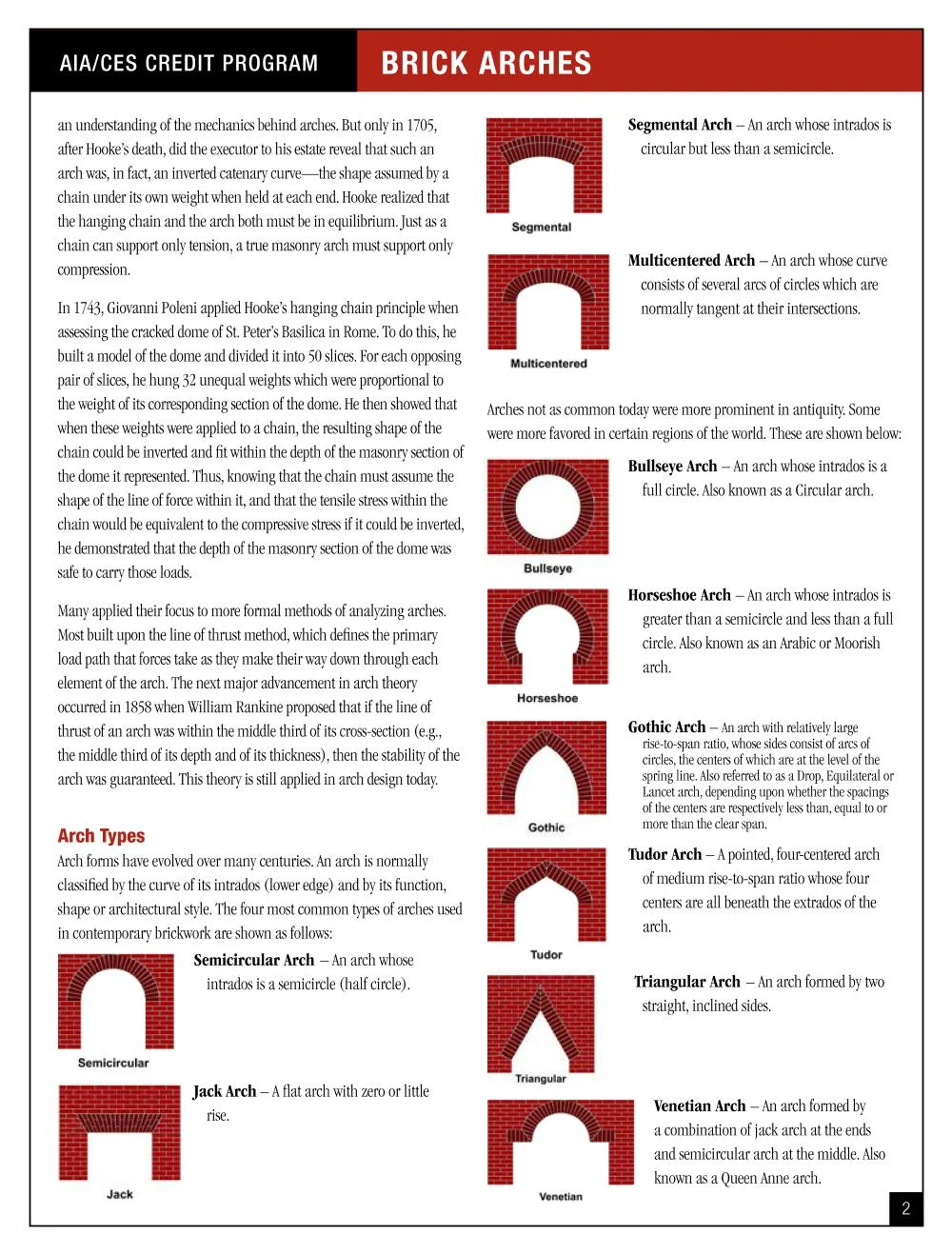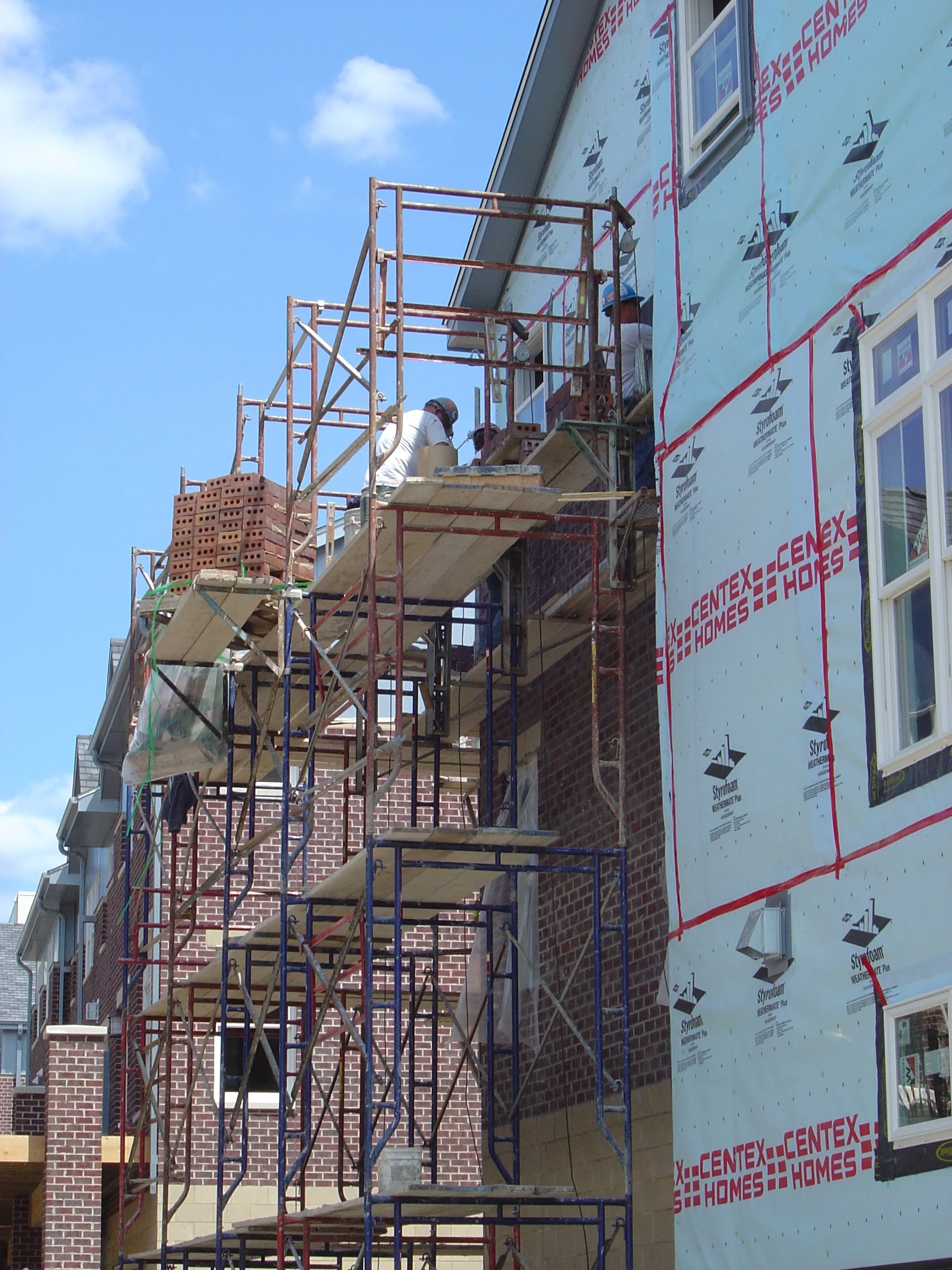Your well-deserved recognition awaits! Enter the Brick in Architecture Awards.
/Suppose you work for an architecture or design firm that has completed a project with a building exterior or pavement that is predominantly clay brick. You’re rightfully proud of this project. Where do you go for recognition? Acknowledgement by your peers would be nice. Kudos from the authority on clay brick construction in the U.S. would be great. Coming out on top among the best of similar brick projects from all around the country would be AMAZING.
Read More














